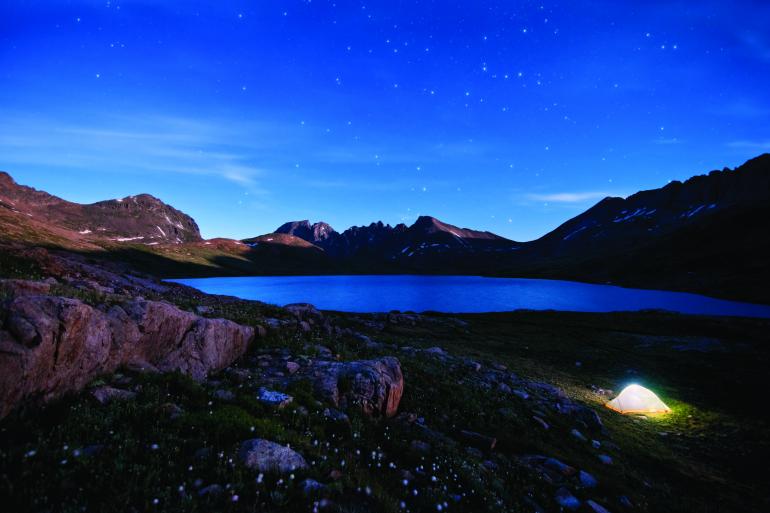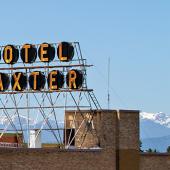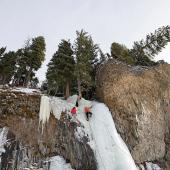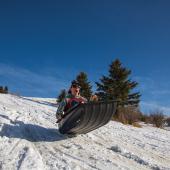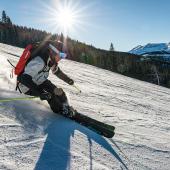Alternative Housing
A few tips for sleeping under the stars when campus starts to feel stuffy.
The sky is blue and the warm sun cascades over your bare shoulders in a way that makes you forget the long, white winter. It’s time to throw your camping gear in the truck and head, well, anywhere.
Montana has 94 million acres of public land. Within that acreage, there are 16 designated Wilderness Areas, ten national forests, two national parks, and countless spots where you can escape humanity and find yourself under a bowl of stars like nowhere else in this country. The biggest problem in being a Montana public-land owner is simply choosing where to put your stakes into the ground. Here are some tips and tricks to help you navigate our 94 million acres of opportunity:
Prepare for the Worst
Include jumper cables in your vehicle-safety kit and double-check on your roadside assistance. Pack adequate water and some extra food. Buy yourself a set of waterproof strike-anywhere matches for a few bucks, as Bic lighters often fail when you need them most. Always tell someone where you’re going and when you’ll be back, and if possible, leave a map or GPS coordinates as to your whereabouts.
Know the Fire Regulations
Wildfire is no small deal in Montana, and we all do our part to protect our forests by knowing what restrictions are in place. Often, you can find fire restrictions on handy signs along the road, but if not, call the Forest Service or Montana Fish, Wildlife & Parks to get the scoop.
Be Bear-Aware
Black bears and grizzlies live across our beautiful state. For the most part, they’re benign and care nothing about you, but in order to keep both bears and humans safe, abide by a few rules. Carry bear spray and know how to use it (read: buy an extra can and practice). Never leave food unattended or out in the open. Hang food or use bear canisters in the backcountry, and don’t eat or store food in your tent.
Mind Your Budget
If you’re strapped for cash, you can camp for free at unimproved sites on most national forest lands. If you have a bit of money to spend and would like a few amenities, you’ll find national-forest, national-park, and state-park campgrounds to be affordable, with bathrooms, water, and more, depending on the site. You can also rent old Forest Service cabins and fire lookouts; visit recreation.gov for locations and prices.
Do Your Homework
Our public lands can feel big and unwieldy, but a little research can help you find hikes, overnighters, and more that are perfect entry points for learning how to safely navigate the wilderness. Get maps, research online before your trip, and start easy before going big. Knowing your limitations can make the backcountry a lot more fun and much less stressful.


